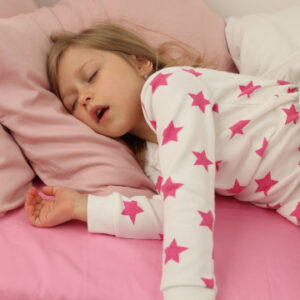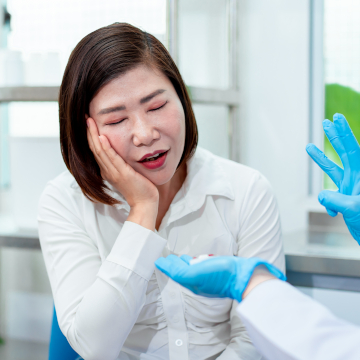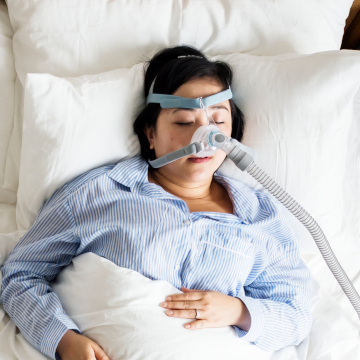 Santa Cruz, Scotts Valley CA
Santa Cruz, Scotts Valley CA
Sleep provides an opportunity for your mind and body to rest, recharge and restore themselves for what awaits you the next day. If you struggle to breathe properly while sleeping, you can imagine the negative effect this can have on the restorative quality of sleep. And yet, someone suffering from obstructive sleep apnea faces this battle to breathe every time they lay down to sleep. Sleep apnea is more prevalent among overweight individuals and occurs more often among men than women. However, this sleep breathing disorder can develop in anyone of any age – including children. Today on the blog, your sleep apnea dentists in Scotts Valley take a look at what happens if a case of pediatric sleep apnea goes untreated.
What happens when someone has sleep apnea?
Any patient with sleep apnea experiences a collapse or blockage in the airway when they attempt to sleep. The blockage of the airway may be partial but is often complete, totally cutting off airflow. Each time one of these airway issues occurs, it is known as an apneic event. During every apneic event, oxygen levels dip as breathing becomes more difficult or stops entirely. Eventually, in reaction to this decrease in oxygen, the brain sends signals to the body to resume normal breathing. Someone with sleep apnea likely never wakes up during an apneic event, but each event disrupts the natural sleep cycle, diminishing the physical and mental restoration that occur during the deepest stages of sleep.
How is childhood sleep apnea different?
For those patients who develop sleep apnea so early in life, the risks of long-term health consequences are high. Children with sleep apnea frequently experience major health problems as they age, such as cardiovascular, metabolic, and endocrine dysfunctions, along with behavioral and cognitive problems. The symptoms of sleep apnea also differ in a child as compared to an adult. For instance, many children who have sleep apnea exhibit symptoms that mimic ADD or ADHD. If your child has been diagnosed with a hyperactivity disorder and has not responded to usual treatment methods, then sleep apnea could be the root cause.
It takes special training to identify a case of pediatric sleep apnea
At Ebrahimian Integrative Dentistry, Dr. Max and Dr. Ariana each possesses the ideal combination of expertise, as they are trained to identify signs of sleep apnea through an airway evaluation and also have experience working with young children. If you are uncertain if your child has a sleep breathing disorder, use this screening questionnaire.
When evaluating your child during sleep, does he or she:
- Snore loudly?
- Appear to exhibit heavy or loud breathing?
- Appear to have trouble breathing?
- Other daytime consequences of sleep apnea can include dry mouth, frequent headaches, regularly breathing through the mouth, chronic fatigue, poor performance in school and even bed wetting.
Treating sleep apnea in children in the Central Coast of California
If you notice your child exhibiting any combination of the above behaviors, especially if one of them is loud snoring, then he or she should be screened for a sleep breathing disorder as soon as possible. To schedule your consultation at Ebrahimian Integrative Dentistry, call our office in Scotts Valley at (831) 438-4411 or contact us online.


